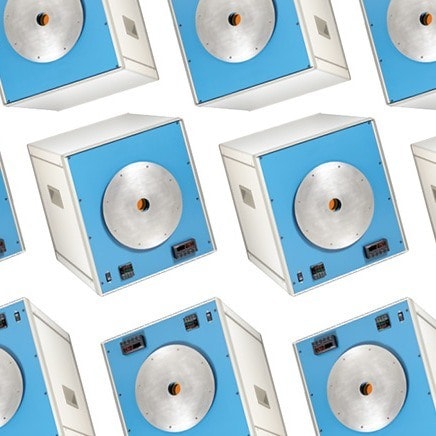Choosing a thermal imaging camera is quite tricky since there is enormous selection of thermal imaging. First, it’s important clearly define the purpose of the thermal camera and classify the most important parameters for the application of this thermal camera.
For most of the applications, the technical parameters which are usually important are the temperature range, the resolution and the field of view of the camera, the accuracy of the temperature and the thermal sensitivity.
In addition, there are certain questions that always puzzle buyers looking to purchase a good thermal imaging camera.
Here are some of the most common questions about infrared cameras answered:
Can you use thermal imaging during the day?
Thermal imaging ot thermographies works on capturing infrared light emitted from objects, they are unaffected by the visible light. So, yes you can use the thermal imaging camera in daylight.
Can you see through walls with thermal imaging Cameras?
No, Thermal imaging cameras do not see through surface but detect surface temperatures. If a wall is thick enough to trap the heat on one side without leaking it into the other side then thermal imaging will not detect it. However, if the condition results in a change in the surface temperature of the wall it will be picked up by the thermal imager.
Can thermal cameras see through metal?
No, the thermal imaging camera can only pick up the surface temperature of the object. If any object on the other side of the metal heats it up so that the surface temperature changes, the camera will be able to pick up the temperature variation, but will not provide a see-through experience.
Can thermal imaging see through glass?
Thermal imagers cannot pick up visible light. Therefore, Glass is not seen as transparent when viewed through a thermal imaging camera.
Can Thermal imaging cameras see through clothing?
No, thermal imaging cameras can detect the temperature of the cloth but will not see through it. However, if a person is carrying something that is heating or cooling the cloth that covers it, the thermal camera will show the heat signature on the cloth.
Is thermal imaging dangerous?
No, the thermal imager does not emit any form of radiation. It’s a sensor which converts records infrared radiation and processes it for human use.
Can thermal imagers see through fog, rain, dust, smoke, and snow?
Thermal imagers can detect through a light amount of fog, rain, dust, smoke, and snow. However, as these conditions worsen, it lowers the visibility of the thermal camera.
Will thermal imaging cameras see objects in the water?
The thermal imager cannot see through a significant depth of water. But an object that has a variance in temperature compared to the surrounding water can be picked up with relative ease, the water is shallow enough.
What is the difference between cooled and uncooled thermal imaging cameras?
Cooled thermal cameras come with a cryocooler that lowers the detector temperature to cryogenic temperatures. They offer better image quality than uncooled thermal cameras but come at additional cost.
Is thermal cameras and night vision different?
Yes, thermal imaging can produce pictures even if there is no presence of visible light. Night vision cameras work by boosting the ambient light. So if there is no ambient light, then night vision cameras will fail to register a usable image. Learn more about how a thermal camera works here.


